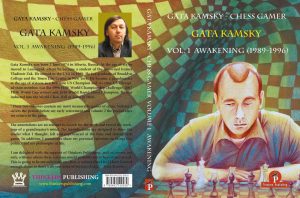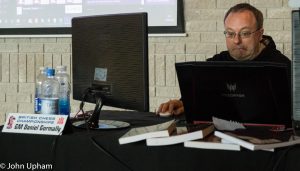
We want to know what GM Danny Gormally is thinking here during the Torquay British Championships 2019.
Please suggest away via a comment below.
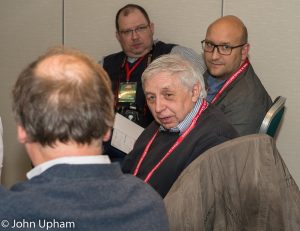
BCN is delighted to send birthday wishes to Richard James, today, July 28th.
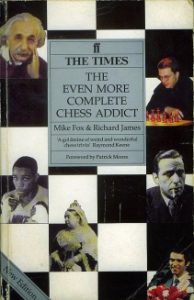
Member of Richmond & Twickenham Chess Club since 1966.
Active tournament and occasional county player 1966-1977.
I started teaching chess informally in 1973 and in 1975, together with Mike Fox, founded Richmond Junior Chess Club. When Mike moved to Birmingham in 1979 I took sole charge of the Club – where I remained until July 2006. In September 2006 Peter Sowray took over the top section of the Club while I continued to run the lower group until July 2007. I returned to Richmond Junior Club in April 2012 and am currently teaching there along with Marie Gallagher and Mark Josse.
Author of chess books (on chess for children and chess trivia) and magazine columns.
Recipient of the British (now English) Chess Federation President’s Award in 1996.
I have also worked on various chess editing projects, and am now writing for Right Way Books. My book Chess for Kids is a best seller on Amazon, receiving very positive reviews, and the companion volume for parents and teachers, The Right Way to Teach Chess to Kids was published in June 2013.
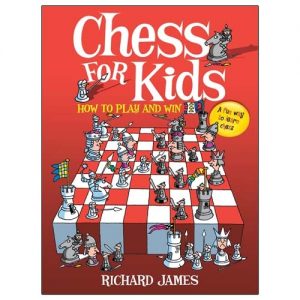
Employment:
I worked as a computer programmer in the Market Research Industry 1972-1986, writing programs to analyse market research data.
Between 1986 and 1997 I continued computer programming work on a freelance basis while working on chess projects. I was working for the Richmond Chess Initiative from its foundation in 1993 until its closure in 2005, and at some point in the mid 1990s I started being paid for running Richmond Junior Chess Club. I have been involved in running school chess clubs since 1993, and, because of my dissatisfaction with the traditional lunchtime or after-school chess club, I am always interested in hearing from schools who want to try a different approach and are prepared to listen to my views.
I was working at Hampton Court House from 2002 to 2013, providing one-to-one chess tuition, teaching reasoning and logic to Y4 and Y5 and preparing children for 11+ Verbal and Non-Verbal Reasoning tests.I left Hampton Court House in Summer 2013, due to declining interest in chess at the school, and, more generally in the Richmond area. I’m now branching out into schools in the Hounslow area, where children currently have fewer opportunities for extra-curricular activities, and where there is, by and large, less academic pressure.
I’m also the curriculum consultant for Chess in Schools and Communities, a charity putting chess on the curriculum in state primary schools, and am hoping to be able to help some schools in the Borough of Hounslow in this respect in future.
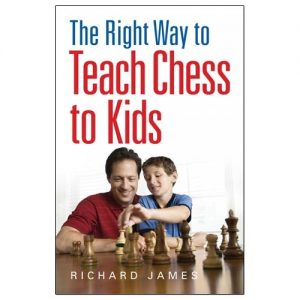
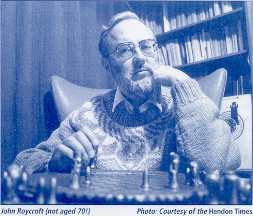
We are delighted to offer Arthur John Roycroft best wishes on his ninetieth birthday, this day (July 25th) in 1929.
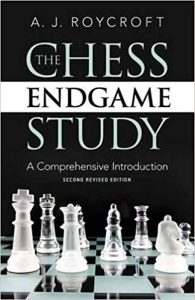
From Wikipedia :
In 1959 he was awarded the title International Judge of Chess Compositions.[1] In 1965 he founded EG, the first long-running journal exclusively for endgame studies.[2] Roycroft served as editor and publisher through 1991. The journal continues to be published, but under Dutch ownership (“ARVES”). Roycroft remained its chief editor until 2007 when Harold van der Heijden took over. His 1972 book Test Tube Chess (revised as The Chess Endgame Study, 1981) is considered one of the best English-language examinations of endgame studies.[2] He also served as the endgame study editor for the British Chess Magazine from 1973 to 1974.
Roycroft’s adaptation of the Guy–Blandford code in the 1970s resulted in the Guy–Blandford–Roycroft code, an efficient way to index endgame studies – or any chess position.[3] He also advised Ken Thompson in writing programs for endgame data bases with four and five pieces. For queen and pawn against queen some results were published by Roycroft in three booklets in 1986, years ahead of full tablebase output on CD.
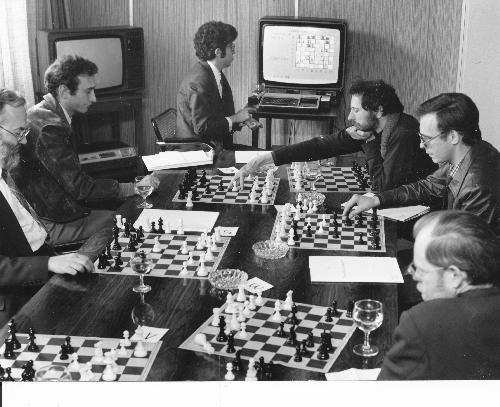
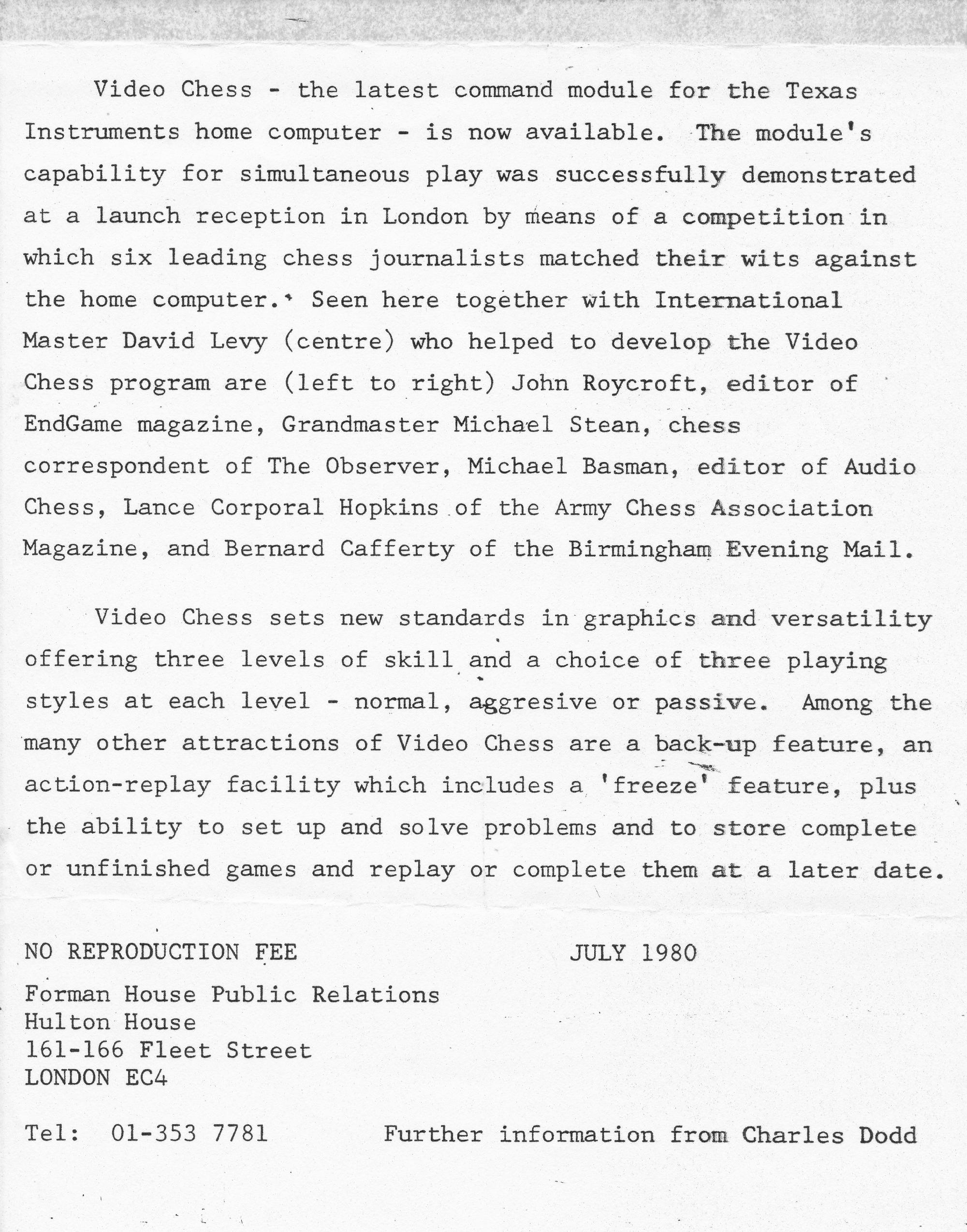
AJR won the BCF President’s Award in 1995.
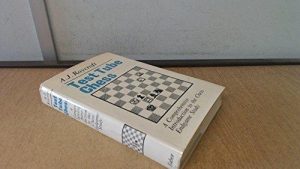
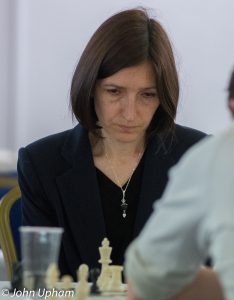
BCN wishes GM Ketevan Arakhamia-Grant best wishes on her birthday, July 19th 1968
Here is her extensive Wikipedia entry
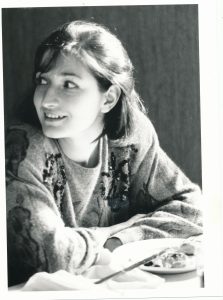
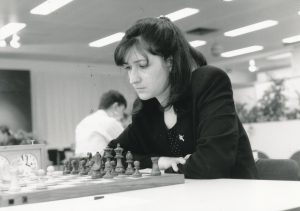
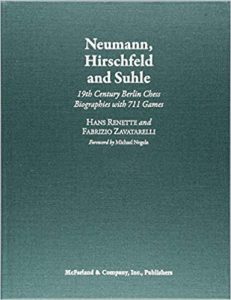
Neumann, Hirschfeld and Suhle : 19th Century Berlin Chess Biographies with 711 Games : Hans Renette & Fabrizio Zavatarelli
Hans Renette
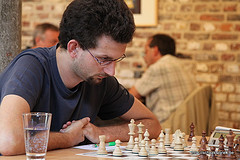
Neumann, Hirschfeld & Suhle. Sounds like a Berlin law firm, doesn’t it? In fact they were 19th century Prussian born chess players with Berlin connections, all active in the 1860s. You tell me you’ve never heard of them? One of them may well be the strongest (for his time) player you’ve never heard of.
Let me take you back to the year 1860. Morphy’s short career in competitive chess had already come to an end, and Steinitz (strange to think he was a year older than Morphy) was just a fairly promising youngster. Anderssen was still active, along with younger players such as Kolisch and Paulsen, but, if you remove Morphy from the equation, there was no clear number one player.
Among those just below the top was (Carl Friedrich) Berthold Suhle (1837-1904), the first of this book’s joint protagonists. Suhle had a very brief chess career spanning the late 1850s up to 1865, when he returned home from Berlin, choosing to focus instead on family life and his career as an academic specialising in Ancient Greek.
Enter Philipp Martin Hirschfeld (1840-96), who, when he arrived in Berlin in 1859, already had a reputation as a theoretician. He was as yet no match for Suhle, though: in a nine game match in 1860 he could only muster two draws. (Note that Jeff Sonas, on his Chessmetrics site, mistakenly dates this match to 1865, causing him to overstate both Hirschfeld’s rating in the early 1860s and Suhle’s rating in the late 1860s.) Like Suhle, Hirschfeld decided to concentrate on his career rather than become a chess professional. Joining his father’s business, he set up a tea company, travelled widely and lived in London through much of the 1870s and 80s. He maintained his interest in chess for the rest of his life but never took part in international tournaments.
The main part of the book is devoted to Gustav Richard Ludwig Neumann (1838-81), who, for a few years round about 1870 was one of the best three or four players in the world. Neumann was a real chess addict who decided to make a living through his favourite game. His first international tournament was Paris 1867, where he finished 4th behind Kolisch, Winawer and Steinitz. Later the same year he won a small but strong tournament in Dundee, this time ahead of Steinitz. It seemed like a new star had arrived, but at the end of 1869 he suffered a mental breakdown and was taken to an asylum. He recovered well enough to be released the following April and that summer resumed his tournament career at Baden-Baden, where he finished 3rd behind Anderssen and Steinitz, and level with Blackburne. Sadly, his mental illness returned at the end of 1872, putting an end to his chess career. Neumann was one of the great might-have-beens of chess, but you’ve probably never heard of him.
The two authors of this volume are both respected chess historians who have written other biographies for McFarland. Hans Renette has penned excellent books on Henry Bird and Louis Paulsen, while Fabrizio Zavatarelli has published a book on Ignaz Kolisch. In 2015 they discovered that Hans was researching Neumann while Fabrizio was studying Suhle and Hirschfeld. Given the overlap in time and place they decided it would make sense to pool their resources.
If you’re familiar with McFarland biographies you’ll know what to expect and won’t be disappointed. A sturdy, large format hardback which will sit impressively on your bookshelf, 711 games with annotations taken from contemporary sources and computer-aided updates from the authors, many atmospheric photographs and outstanding historical research, The English is not always entirely idiomatic, but no matter.
Although the book probably won’t do much to improve your rating, lovers of attacking chess will be delighted to see a lot of Evans Gambit and King’s Gambit games, with the Ruy Lopez in third place. By today’s standards these players were not so strong, but all of us, from Magnus Carlsen down to the humblest patzer, are standing on the shoulders of giants. If you value the history and heritage of our wonderful game you’ll want to find out more about Suhle, Hirschfeld and Neumann, all of whom part of what makes us what we are.
Here’s a crazily complicated game from the book. You’ll have hours of fun spotting the missed opportunities for both players.
Richard James, Twickenham June 7 2019

Book Details :
Official web site of McFarland Books

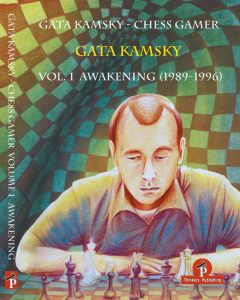
Gata Kamsky was born in 1974 in Siberia. When moved to Leningrad he became a student of the renowned veteran trainer, who had coached since about 1945, witness Spassky and Korchnoi ! and author (‘Improve Your Chess Results’ and ‘The King’s Gambit’ with Viktor K), Vladimir Zak. At 12 he won the USSR Junior Championship. However, early journeys into the top game were not always successful and his fast track was criticised even by Botvinnik himself.
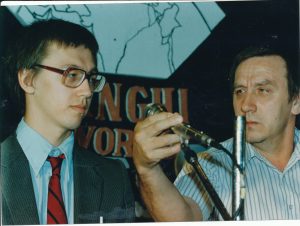
His father brought Gata up alone and loomed large in the prodigy’s life, Kamsky Senior even stopping Short in his tracks (“Where is your father?”). He was moved to the USA in 1989 but, sadly, has recently stated that he was never fully accepted. He became GM shortly afterwards.
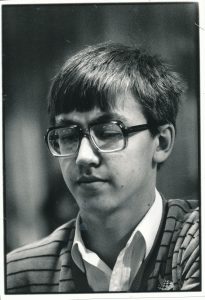
Although a 1996 FIDE World Championship challenger, he lost a well contested match versus Karpov, whereupon Kamsky Senior announced Gata intention to pursue a career in medicine. He had withdrawn from the game, was seeking a teenage bride, and by order!
This book deals with the first part of an incredible career up to 1996. It centres on 22 games, all against fellow grandmasters, all with very deep notes. The text lacks an index. No attempt is made to list his tournament record, or give family photos or reminiscence. It is the first of two volumes, the second yet to appear.
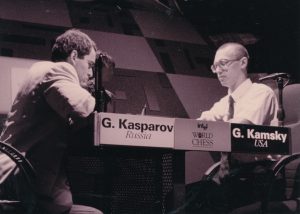
A recent interview on ‘Perpetual Chess Podcast’ saw Gata labeling himself an advocate of the Lasker School. He emerges from an era when preparation might even be considered cheating. a big fan of endgame studies. Further, he is revealed as almost humble, of great depth who, the introduction to his book states, as author, seems to want to be compared with Fischer. I don’t agree but, BCN, as ever, welcomes correspondence here.
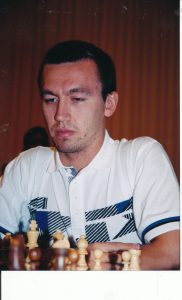
Potential buyers of this book, which is subtitled ‘Awakening’ should definitely listen in to his interview and please let us know what you think.
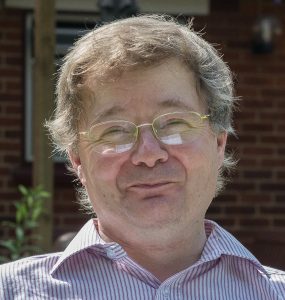
James Pratt, Basingstoke, April 2019
Book Details:
Official web site of http://www.thinkerspublishing.com
